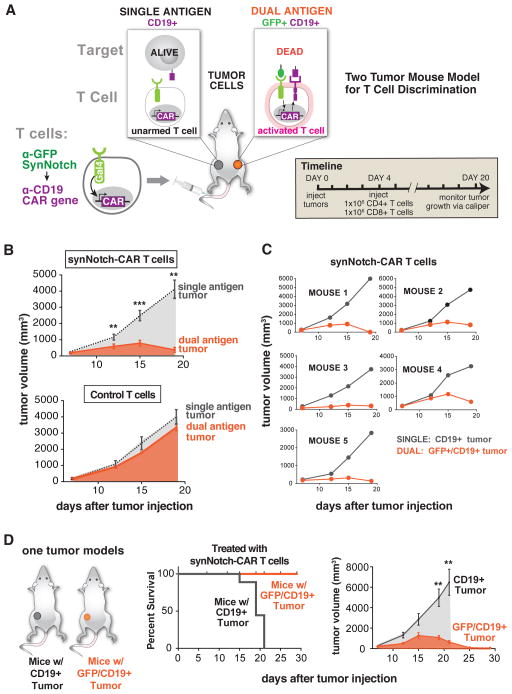Figure 5. Selective Combinatorial Antigen Tumor Killing In vivo by SynNotch Gated CAR Expression.
(A) Primary human CD4+ and CD8+ T cells were engineered with the α-GFP synNotch Gal4VP64 receptor and the corresponding response elements regulating α-CD19 4-1BBζ CAR expression and were injected i.v. into NSG mice with a CD19 K562 tumor on the left flank and a surface GFP/CD19 K562 tumor on the right flank. Tumor size was monitored over 16 days after i.v. injection of engineered T cells or untransduced T cell controls.
(B) Graphs showing CD19 and GFP/CD19 tumor volumes for mice treated with synNotch AND gate T cells (top) and untransduced control T cells (bottom). synNotch AND gate T cells target the dual antigen tumor exclusively and the CD19 only tumor grew at the same rate as in mice treated with untransduced control T cells (n=5 mice, error bars are SEM, significance determine by Student’s t-test ** = P ≤ 0.01, *** = P ≤ 0.001).
(C) Tumor volume measurement for individual mice treated with synNotch AND gate T cells. All mice showed selective killing of the dual antigen tumor.
(D) Kaplan-Meier graphs showing synNotch AND gate T cells clear GFP/CD19 tumors with 100% of the mice surviving. Mice with CD19 only tumors are not cleared by synNotch AND gate T cells and have uncontrolled tumor growth. The corresponding tumor growth curves are given on the right of panel D (n=5 mice, error bars are SEM, significance determine by Student’s t-test ** = P ≤ 0.01).

